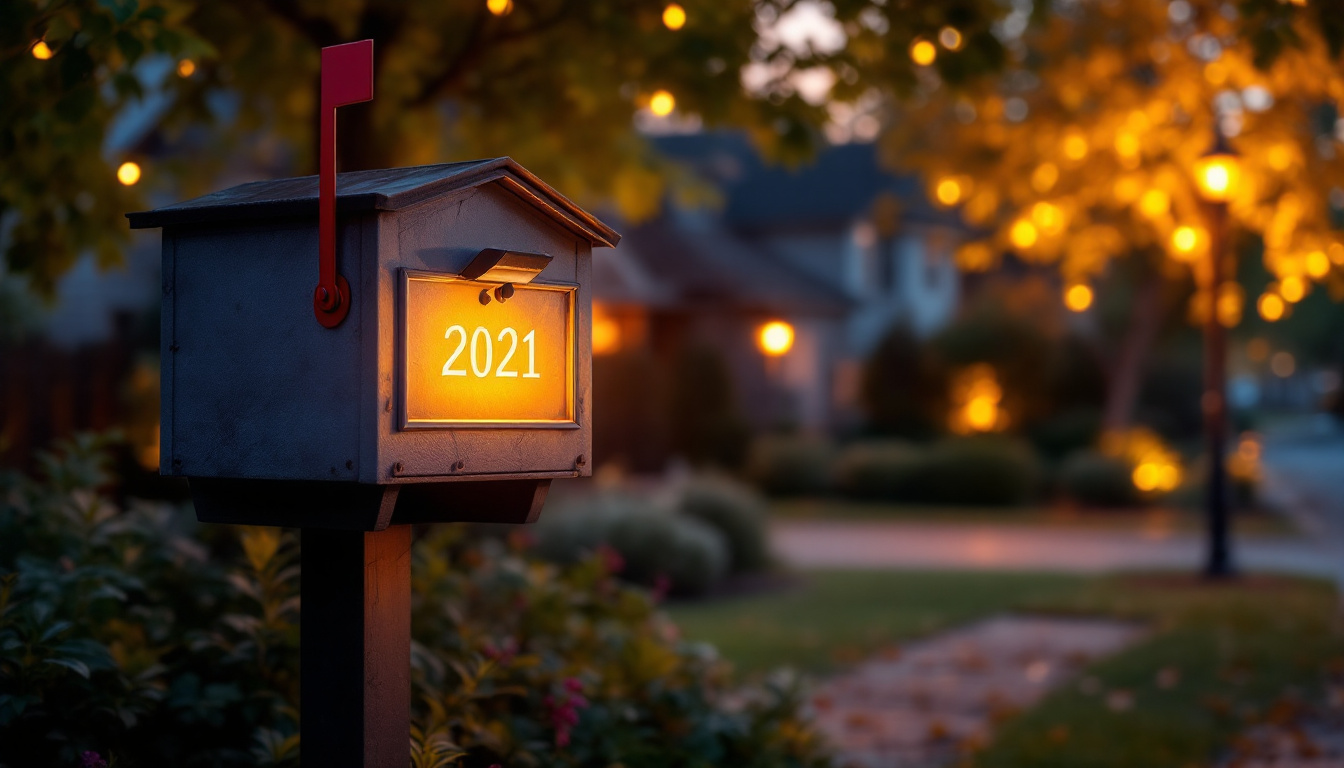
In the realm of lighting design and installation, AC lighting stands out as a pivotal element that can transform spaces, enhance aesthetics, and improve functionality. For lighting contractors, understanding the nuances of AC lighting is essential for delivering exceptional results to clients. This article delves into the top strategies that lighting contractors can employ to maximize the effectiveness of AC lighting installations.
Before diving into advanced strategies, it is crucial for lighting contractors to have a solid grasp of AC lighting fundamentals. This knowledge serves as the foundation for all subsequent design and installation decisions.
AC lighting refers to lighting systems powered by alternating current, which is the standard form of electricity supplied to homes and businesses. Unlike direct current (DC), which flows in a single direction, AC current changes direction periodically. This characteristic allows for efficient transmission of electricity over long distances, making it the preferred choice for most lighting applications.
Understanding the different types of AC lighting fixtures, such as incandescent, fluorescent, and LED, is also essential. Each type has its own advantages and disadvantages, influencing factors like energy consumption, lifespan, and light quality. By familiarizing themselves with these characteristics, contractors can make informed decisions that align with their clients’ needs. For instance, while incandescent bulbs provide a warm glow and excellent color rendering, they are less energy-efficient compared to LED options, which offer longer lifespans and lower energy costs. Fluorescent lights, on the other hand, are often used in commercial settings due to their brightness and efficiency, but they may require special disposal methods due to the presence of mercury.
Proper installation is critical in ensuring that AC lighting systems function effectively and safely. Lighting contractors must adhere to local electrical codes and standards to avoid potential hazards. This includes ensuring that fixtures are securely mounted, wiring is properly insulated, and circuits are appropriately rated for the load they will carry.
Moreover, understanding the layout of the space is essential for optimal lighting placement. Contractors should consider factors such as room size, ceiling height, and the purpose of the space when determining the positioning of fixtures. This attention to detail can significantly enhance the overall lighting experience. For example, in a workspace, the right lighting can reduce eye strain and improve productivity, while in a residential setting, it can create ambiance and enhance the aesthetic appeal of the home. Additionally, implementing dimmer switches and smart lighting controls can provide flexibility, allowing users to adjust the brightness and color temperature according to their preferences and activities, further enhancing the functionality of the lighting design.
Once the fundamentals of AC lighting are understood, contractors can explore various design strategies to create effective lighting solutions. These strategies not only enhance the aesthetic appeal of a space but also improve its functionality.
One of the most effective design strategies is layering light. This approach involves using multiple light sources at different levels to create a balanced and dynamic lighting environment. The three primary types of lighting to consider are ambient, task, and accent lighting.
Ambient lighting provides overall illumination, task lighting focuses on specific areas for activities like reading or cooking, and accent lighting highlights particular features or objects within a space. By combining these three types of lighting, contractors can create a well-rounded lighting scheme that meets the diverse needs of their clients. For instance, in a living room, ambient lighting can be achieved through ceiling fixtures, while table lamps can serve as task lighting for reading. Meanwhile, accent lighting can be used to draw attention to artwork or architectural features, creating a visually engaging atmosphere that invites conversation and relaxation.
Incorporating dimmers and lighting controls into AC lighting systems offers significant advantages. Dimmers allow users to adjust the brightness of fixtures, enabling them to create the desired atmosphere for different occasions. This flexibility is particularly valuable in residential settings where mood lighting is often desired.
Additionally, smart lighting controls can enhance the user experience by allowing for remote operation and automation. Contractors should consider recommending these technologies to clients, as they can lead to increased energy savings and improved convenience. For example, programmable lighting systems can be set to adjust automatically based on the time of day or occupancy, ensuring that spaces are well-lit when needed and conserving energy when they are not in use. Furthermore, integrating these controls with home automation systems can provide users with the ability to create customized lighting scenes that cater to various activities, from entertaining guests to winding down for the evening, thus elevating the overall living experience.
As the demand for energy-efficient solutions continues to rise, lighting contractors must prioritize sustainability in their AC lighting designs. This not only benefits the environment but also appeals to eco-conscious clients. In an era where climate change and environmental degradation are pressing issues, the role of lighting contractors extends beyond mere installation; they become pivotal players in promoting energy conservation and sustainable practices within the industry.
When selecting fixtures, contractors should prioritize energy-efficient options such as LED lighting. LEDs consume significantly less energy than traditional incandescent or fluorescent bulbs, resulting in lower electricity bills and a reduced carbon footprint. Moreover, LEDs have a longer lifespan, which means less frequent replacements and less waste. This longevity not only reduces the frequency of purchases but also lessens the environmental impact associated with manufacturing and disposing of lighting products.
Contractors should also stay informed about energy-efficient certifications and standards, such as ENERGY STAR, which can help guide their product selections. By promoting energy-efficient fixtures, contractors can position themselves as responsible and forward-thinking professionals. Furthermore, educating clients about the benefits of these products can foster a deeper appreciation for sustainable choices, encouraging them to invest in energy-efficient solutions that align with their values. This proactive approach not only enhances client relationships but also strengthens the contractor’s reputation in a competitive market.
Smart lighting solutions are becoming increasingly popular among homeowners and businesses alike. These systems not only offer convenience but also contribute to energy savings. By integrating smart controls, contractors can enable clients to monitor and manage their lighting usage effectively. The integration of smart technology allows for a level of customization that traditional lighting systems simply cannot match, enabling users to create the perfect ambiance for any occasion while optimizing energy consumption.
For instance, motion sensors can automatically turn lights on or off based on occupancy, while timers can schedule lighting to align with daily routines. Such features not only enhance user experience but also promote energy conservation, making them a valuable addition to any AC lighting project. Additionally, smart lighting can be integrated with other home automation systems, allowing for seamless control over various aspects of a building’s energy usage. This interconnectedness not only simplifies the user experience but also provides valuable data on energy consumption patterns, empowering clients to make informed decisions about their energy use and further enhancing the sustainability of their spaces.
Effective communication and education are vital components of successful lighting projects. Lighting contractors should strive to engage clients throughout the design and installation process, ensuring they understand the benefits and functionalities of their AC lighting systems.
From the outset, contractors should set clear expectations regarding project timelines, costs, and potential challenges. By being transparent about these factors, contractors can build trust with their clients and avoid misunderstandings later in the project.
Additionally, providing clients with a detailed proposal that outlines the scope of work, materials to be used, and estimated costs can help manage expectations effectively. This proactive approach fosters a positive working relationship and enhances client satisfaction.
Once the installation is complete, contractors should take the time to educate clients on the proper maintenance and usage of their AC lighting systems. This includes demonstrating how to operate dimmers, smart controls, and any other features that enhance the lighting experience.
Furthermore, contractors can provide clients with maintenance tips, such as how to clean fixtures and when to replace bulbs. By empowering clients with knowledge, contractors can ensure that their lighting systems remain functional and efficient for years to come.
The lighting industry is constantly evolving, with new technologies and design trends emerging regularly. For lighting contractors, staying updated with these changes is essential for maintaining a competitive edge.
Many industry associations and organizations offer continuing education opportunities for lighting professionals. These programs can cover a wide range of topics, from new lighting technologies to design best practices. By participating in these courses, contractors can enhance their skills and knowledge, ultimately benefiting their clients.
Moreover, attending trade shows and industry conferences provides contractors with valuable networking opportunities. Engaging with peers and industry leaders can lead to collaborations, partnerships, and insights into emerging trends.
In addition to formal education, contractors can leverage online resources to stay informed about the latest developments in AC lighting. Numerous websites, blogs, and forums offer valuable information on new products, design techniques, and industry news.
By regularly engaging with these resources, contractors can remain at the forefront of the industry, equipping themselves with the knowledge needed to provide the best possible service to their clients.
AC lighting plays a crucial role in the success of lighting projects, and understanding the best strategies for its implementation is essential for lighting contractors. By mastering the fundamentals, employing effective design strategies, prioritizing energy efficiency, and maintaining open communication with clients, contractors can elevate their services and deliver outstanding results.
As the industry continues to evolve, staying informed about trends and advancements will further enhance a contractor’s ability to meet client needs. By embracing these strategies, lighting contractors can position themselves as leaders in the field, ensuring their projects shine brightly for years to come.
Ready to take your lighting projects to the next level? At LumenWholesale, we provide lighting contractors like you with the highest quality, spec-grade lighting products at prices that can’t be beaten. Say goodbye to local distributor markups and hello to a vast selection of industry-standard lighting solutions that promise reliability and high performance for any installation. With the convenience of free shipping on bulk orders, you can trust that you’re getting premium lighting at the best value. Elevate your lighting game and make your projects shine with Wholesale Lighting at the Best Value from LumenWholesale.

Explore the advantages and drawbacks of using a single power outlet in lighting projects.

Discover essential tips and techniques for lighting contractors to master the use of waterproof landscape lighting connectors.

Discover how outside electrical box extenders can streamline projects for lighting contractors.

Discover the importance of staying updated on house number lights for lighting contractors.